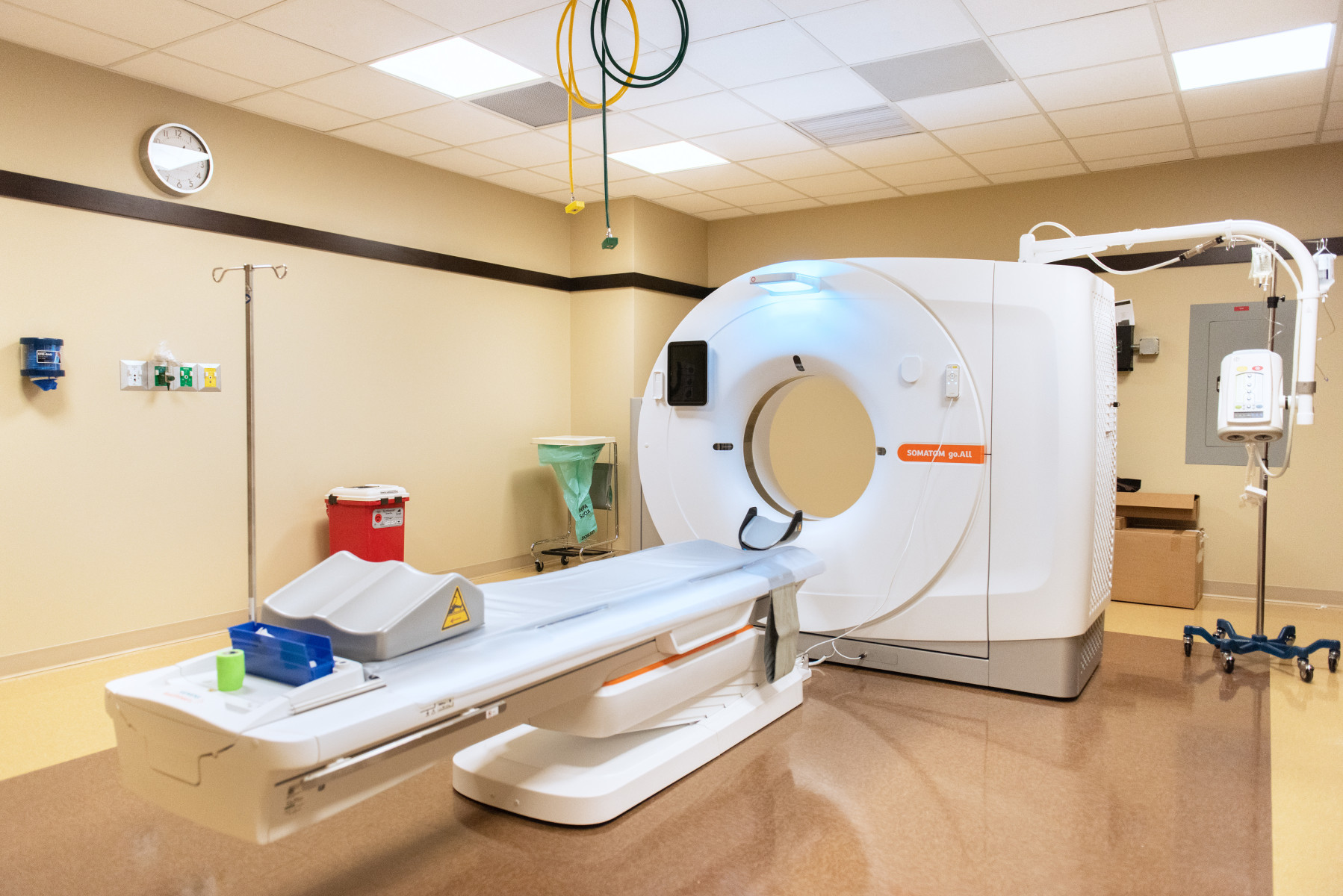
In a study published in the Proceedings of the National Academy of Sciences (PNAS), Northwestern Medicine scientists described their discovery of the molecular mechanism by which voltage-dependent gates regulate the flow of ions in a unique sub-class of proteins called polycystin transient receptor potential (TRPP) channels.
Ion channels modulate the flow of ions such as calcium, sodium or potassium across the membranes of cells in order to maintain cell-to-cell communication and many basic cellular processes, such as the transport of nutrients and muscle contraction.
TRPP1 and TRPP2 channels are located in epithelial cells on the outer or inner surface of organs and perform secretion, absorption and sensory functions. Dysregulation and variants in the gene that encodes the TRPP1 channel have previously been implicated in polycystic kidney disease, a disorder in which a structural abnormality in tubule development causes the growth of multiple cysts in the kidney.
“To study these proteins, we have taken a holistic approach, deploying the most state of the art methods in structural biology to determine how these molecules move within the cell membrane,” said lead author Paul DeCaen, PhD, assistant professor of Pharmacology.
Northwestern investigators and a collaborator at the University of California, Davis, worked together to determine that the transfer of gating charges and activation of a voltage sensor opens the TRPP2 channel.
“We have defined a series of essential molecular interactions necessary for the channel to open and conduct ions,” explained DeCaen. “These interactions form the blueprint for the development of new therapeutics for the treatment of autosomal dominant polycystic kidney disease.”
The team used the structural modeling software Rosetta in conjunction with measurements of gating current and chemical interactions to examine the activation of TRPP2 and molecular motions of the open and closed states.
Additional Northwestern study authors include Leo C. T. Ng, PhD; and Thuy Vien, PhD; both members of the DeCaen laboratory.
The study was supported by the Carl W. Gottschalk Research Scholar Grant from the American Society of Nephrology (ASN) and the ASN Foundation for Kidney Research, Mayo Clinic Robert M. and Billie Kelley Pirnie Translational PKD Research Center (National Institute of Diabetes and Digestive and Kidney Disease [NIDDK] P30 DK090728), Polycystic Kidney Disease Foundation research grant, Northwestern University Center for Kidney Research and Therapeutics research grant (NU Go KIDNEY), and NIDDK R00DK106655 and R56DK119709.






